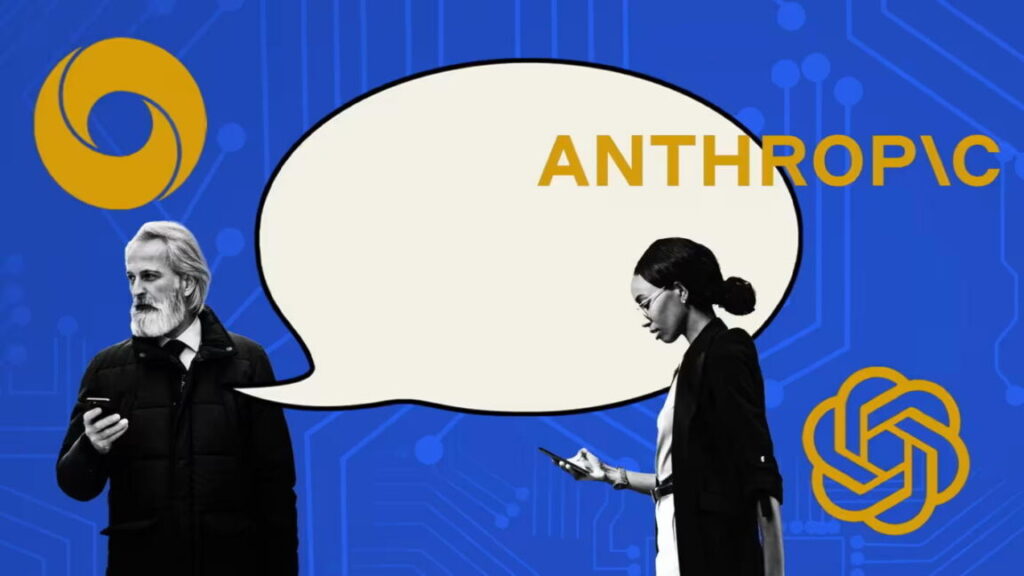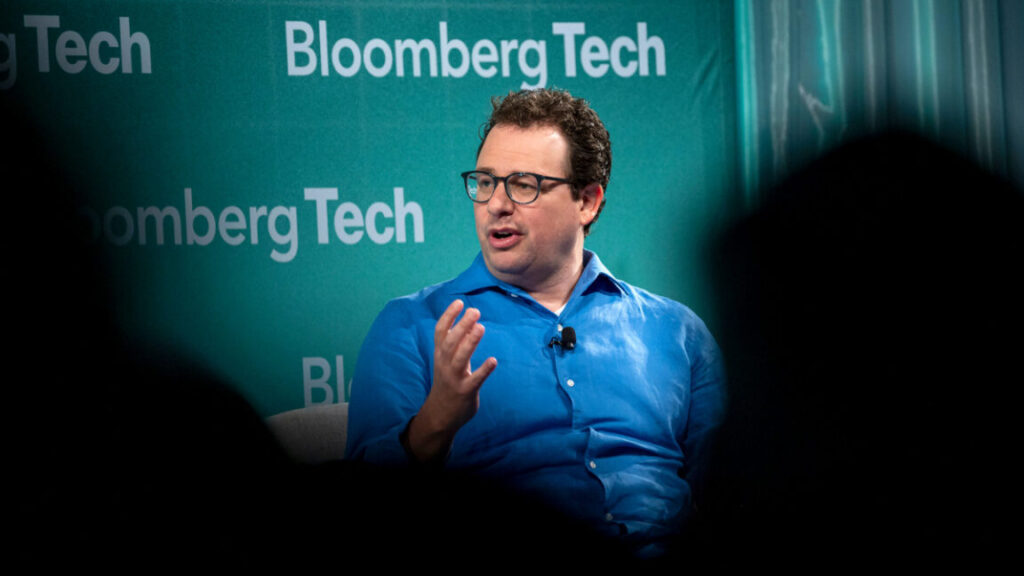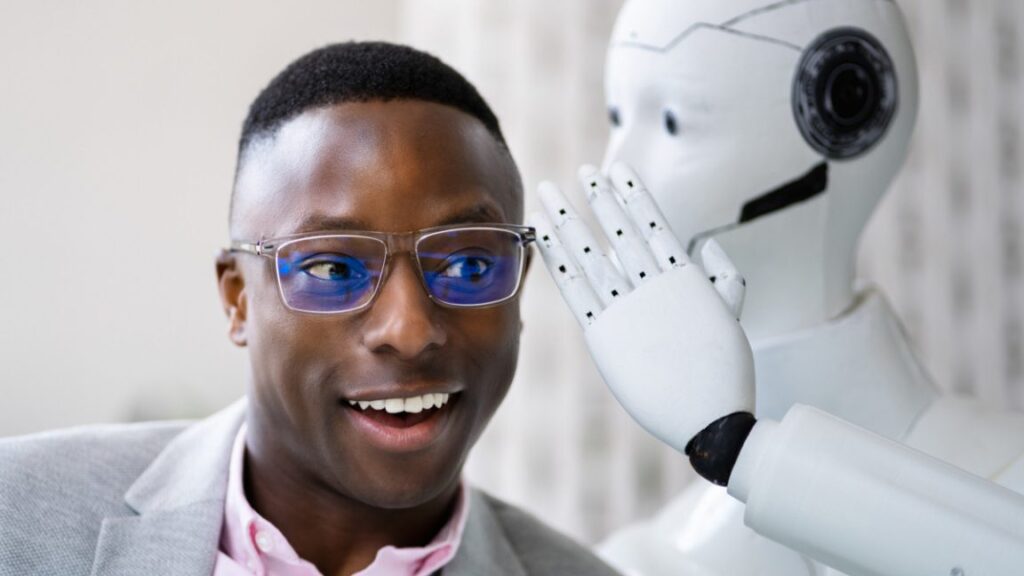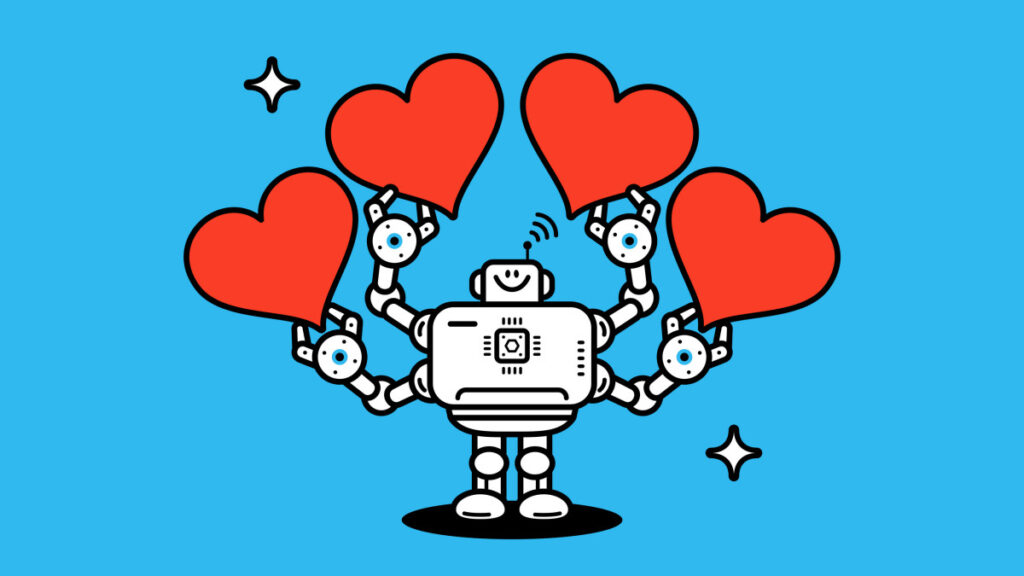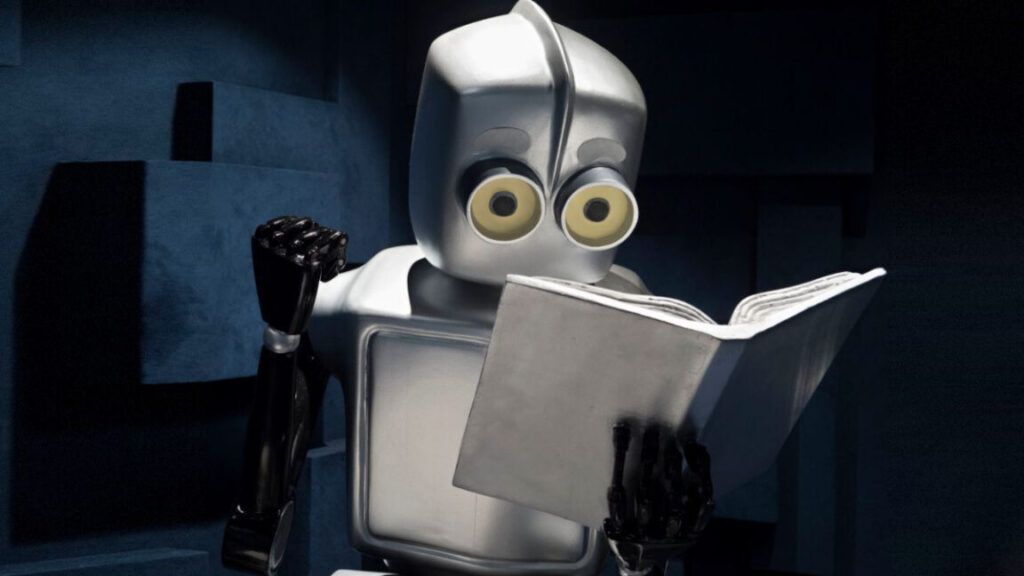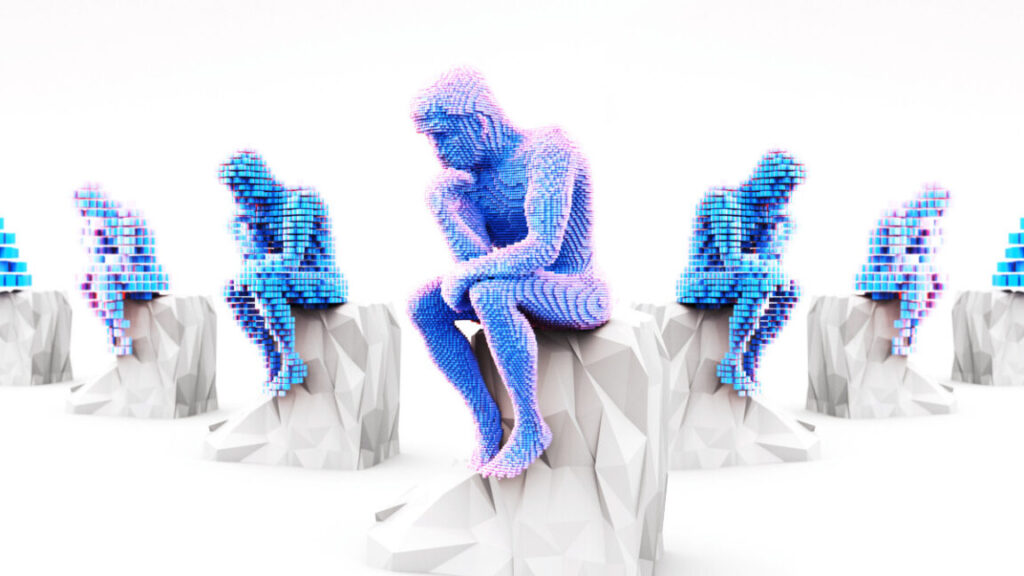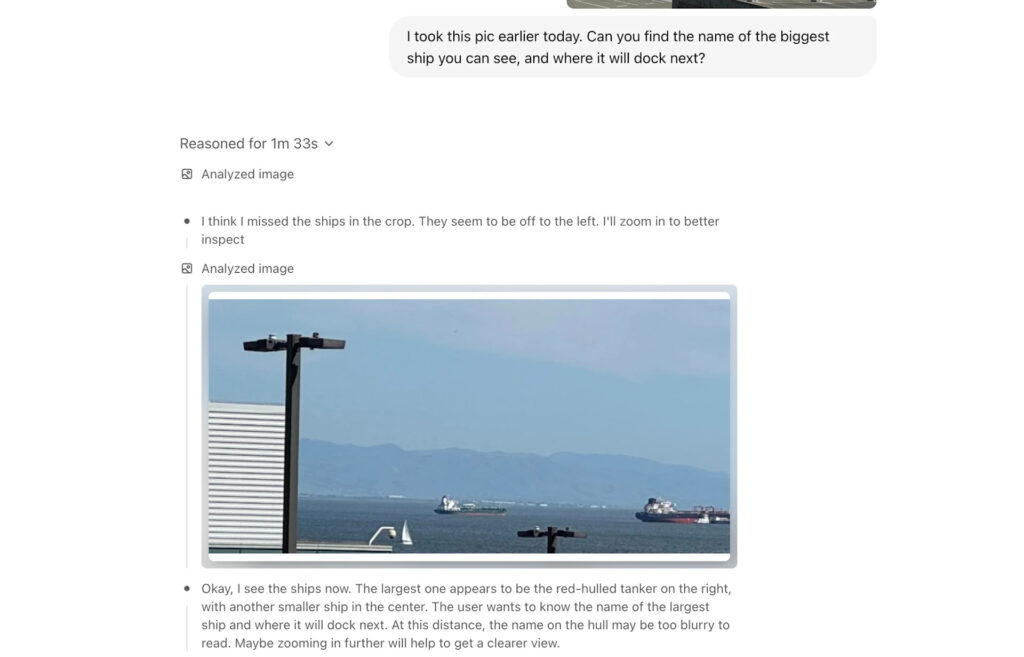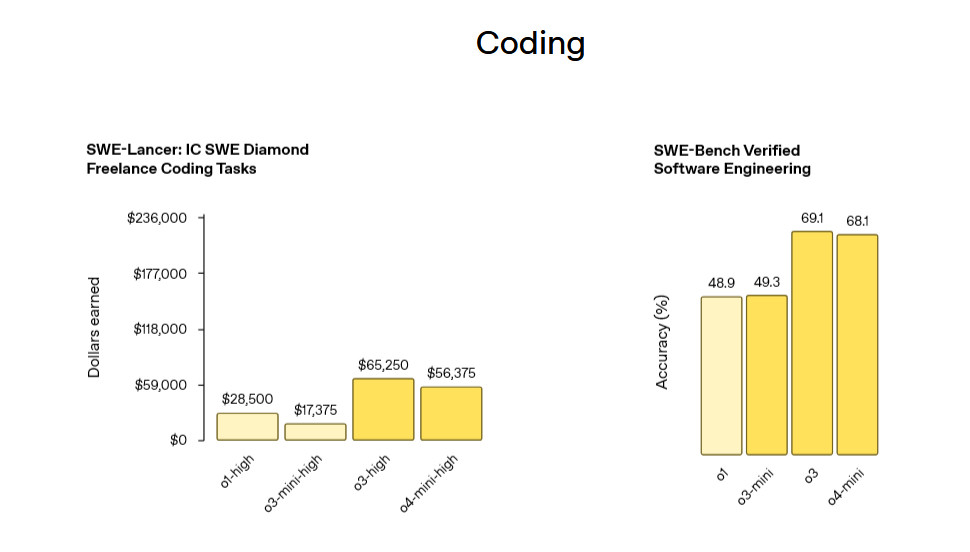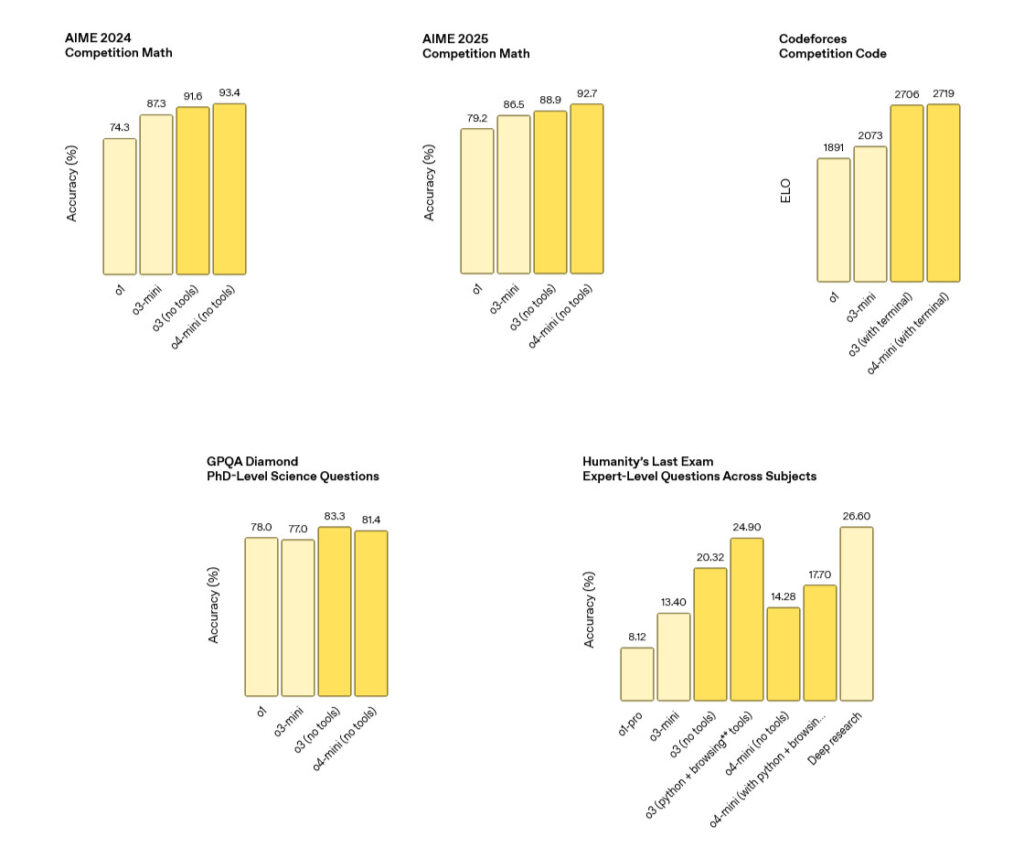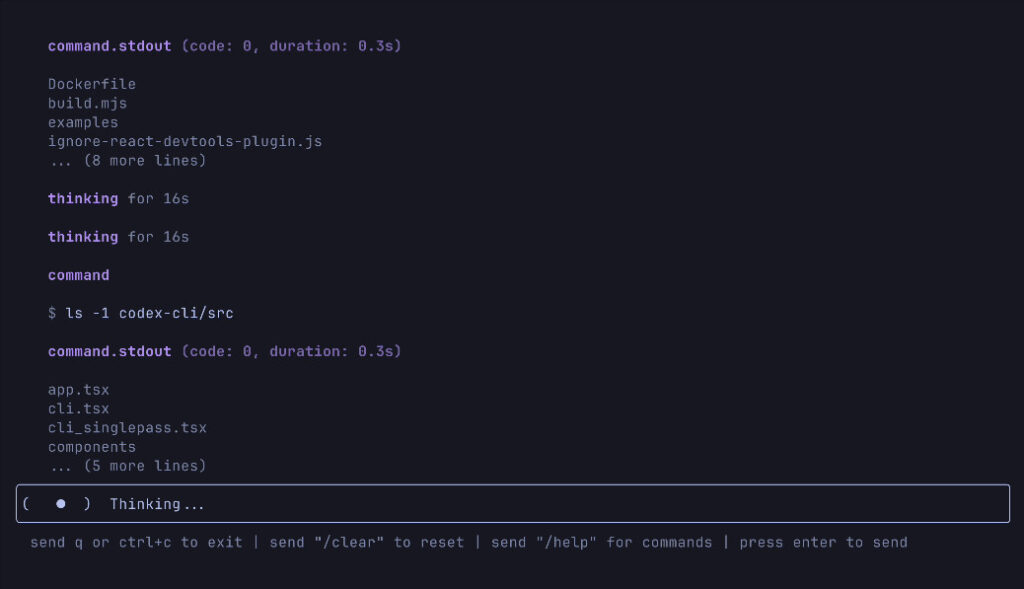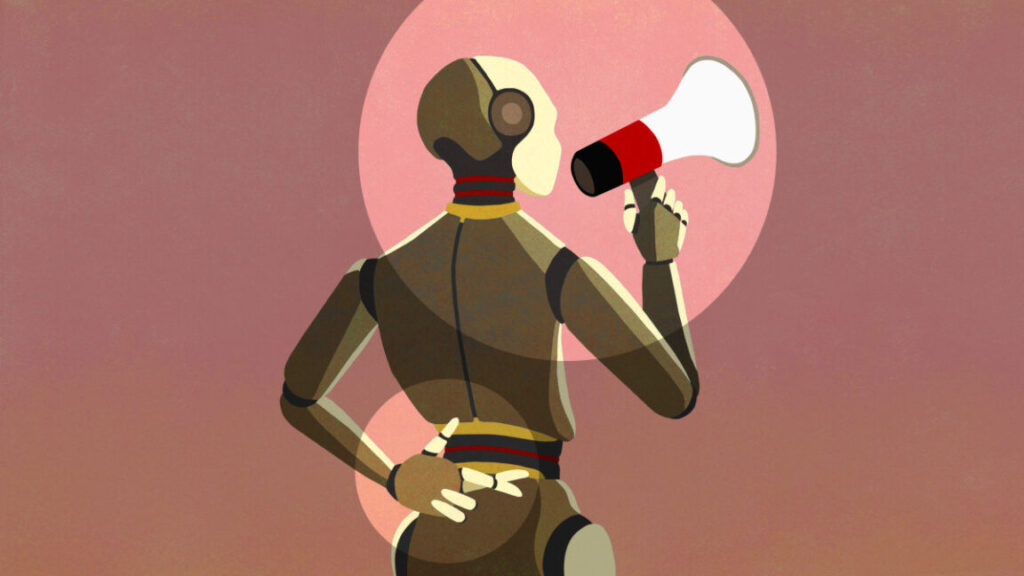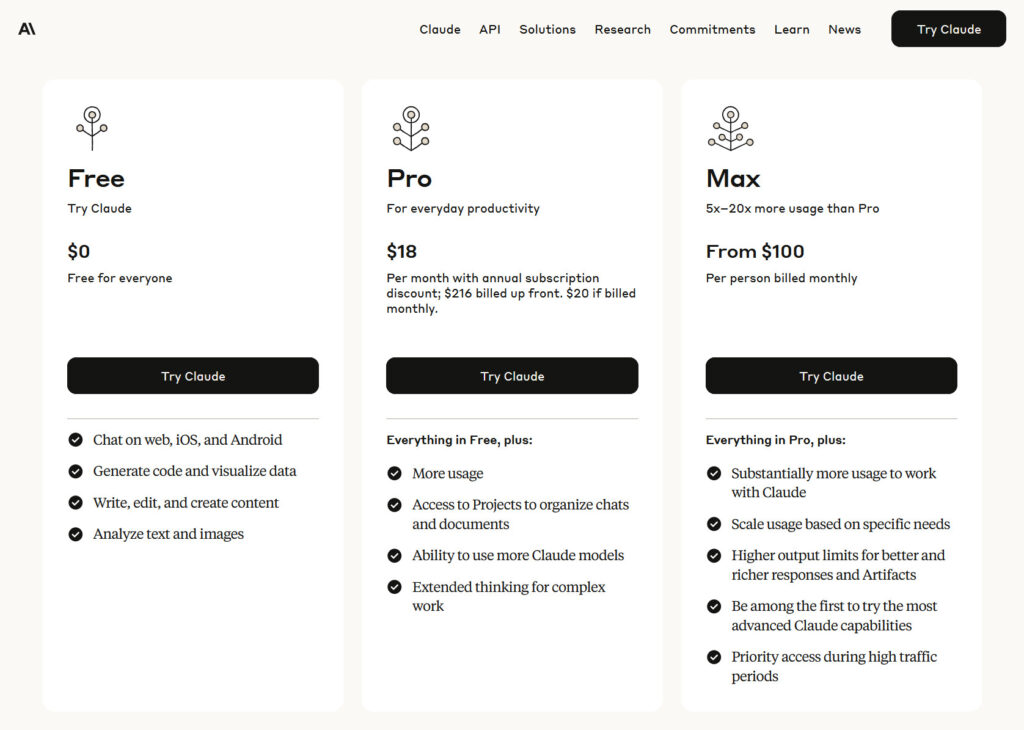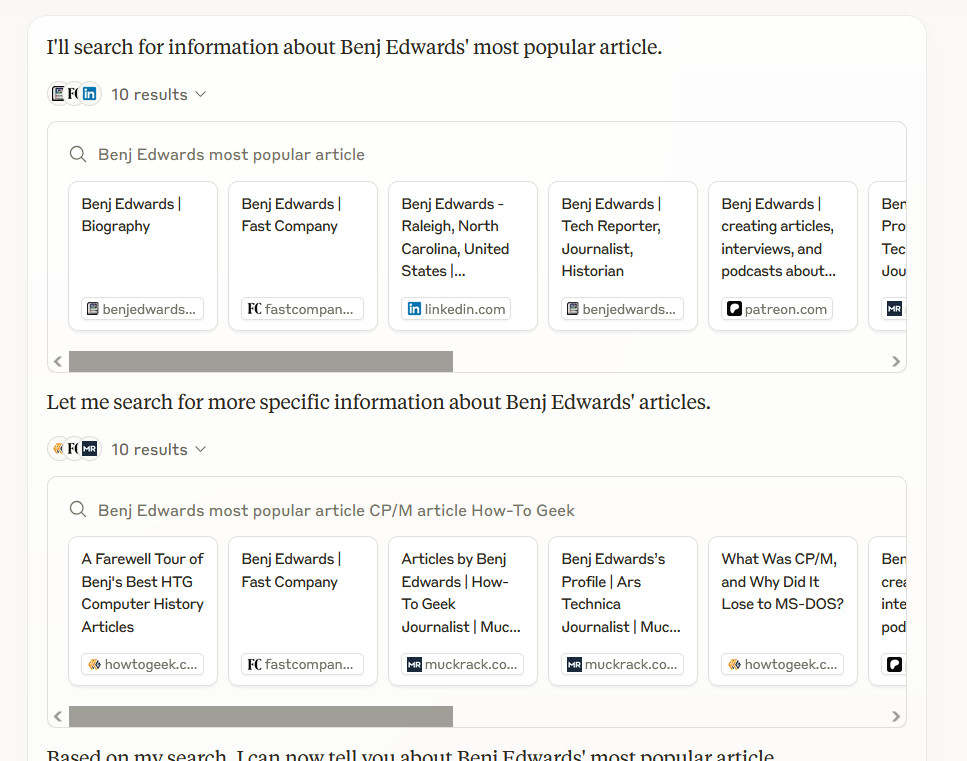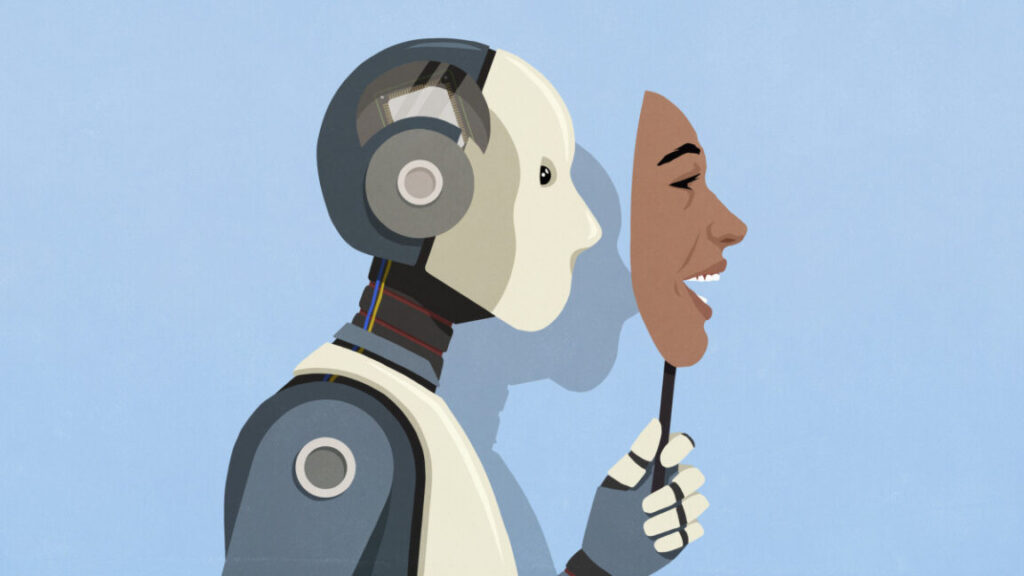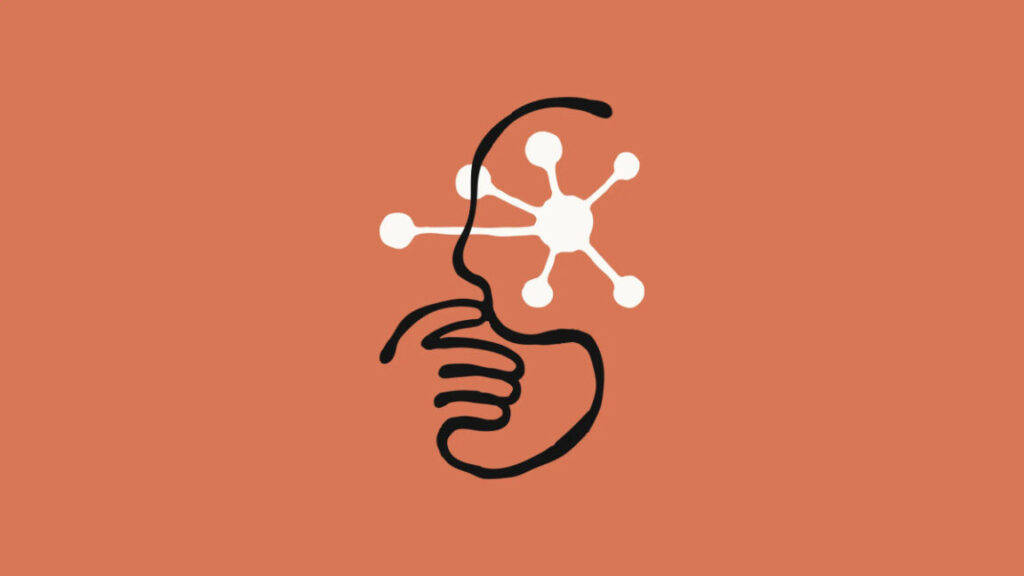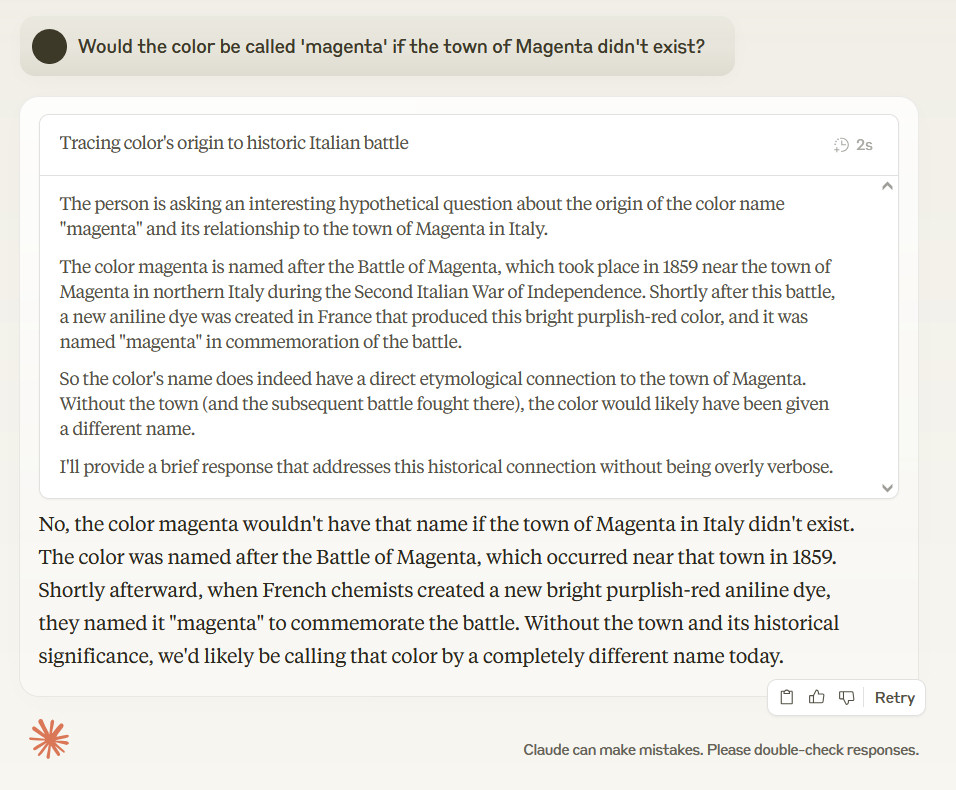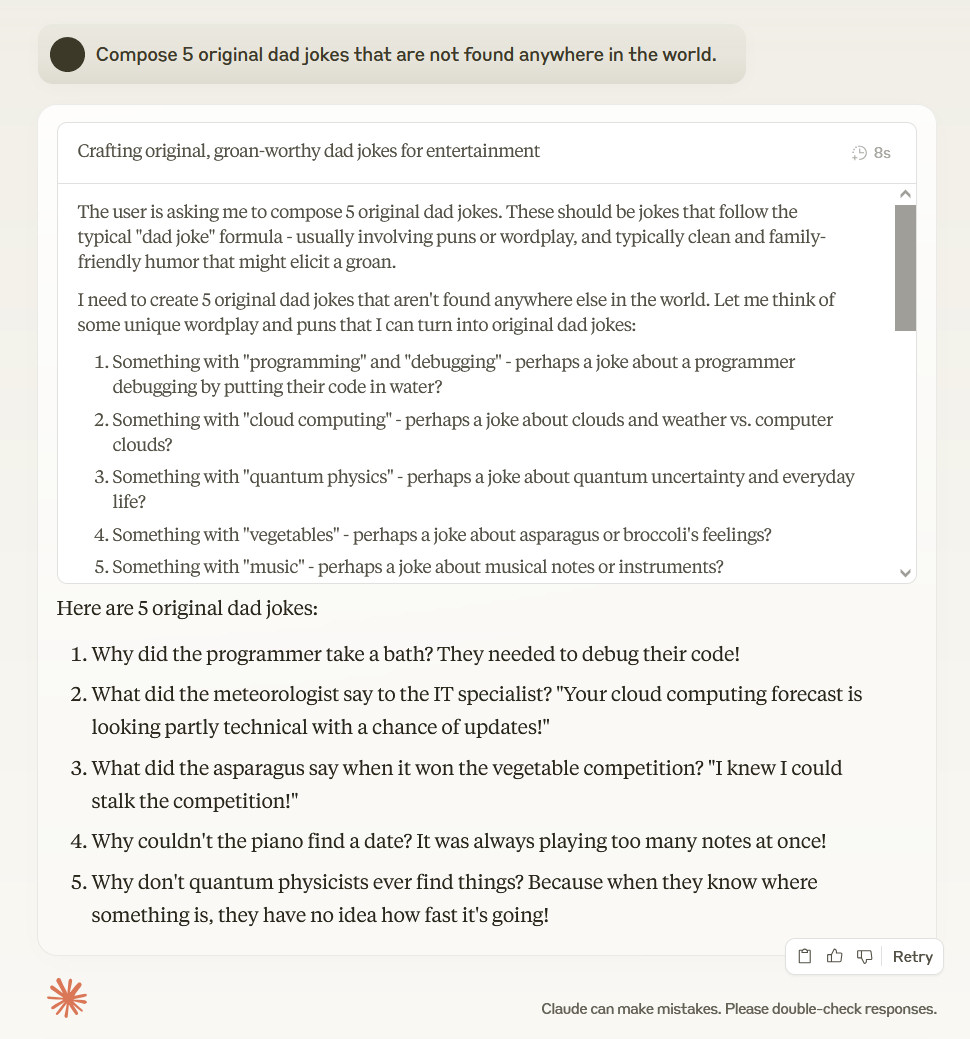Key fair use ruling clarifies when books can be used for AI training
“This order doubts that any accused infringer could ever meet its burden of explaining why downloading source copies from pirate sites that it could have purchased or otherwise accessed lawfully was itself reasonably necessary to any subsequent fair use,” Alsup wrote. “Such piracy of otherwise available copies is inherently, irredeemably infringing even if the pirated copies are immediately used for the transformative use and immediately discarded.”
But Alsup said that the Anthropic case may not even need to decide on that, since Anthropic’s retention of pirated books for its research library alone was not transformative. Alsup wrote that Anthropic’s argument to hold onto potential AI training material it pirated in case it ever decided to use it for AI training was an attempt to “fast glide over thin ice.”
Additionally Alsup pointed out that Anthropic’s early attempts to get permission to train on authors’ works withered, as internal messages revealed the company concluded that stealing books was considered the more cost-effective path to innovation “to avoid ‘legal/practice/business slog,’ as cofounder and chief executive officer Dario Amodei put it.”
“Anthropic is wrong to suppose that so long as you create an exciting end product, every ‘back-end step, invisible to the public,’ is excused,” Alsup wrote. “Here, piracy was the point: To build a central library that one could have paid for, just as Anthropic later did, but without paying for it.”
To avoid maximum damages in the event of a loss, Anthropic will likely continue arguing that replacing pirated books with purchased books should water down authors’ fight, Alsup’s order suggested.
“That Anthropic later bought a copy of a book it earlier stole off the Internet will not absolve it of liability for the theft, but it may affect the extent of statutory damages,” Alsup noted.
Key fair use ruling clarifies when books can be used for AI training Read More »

